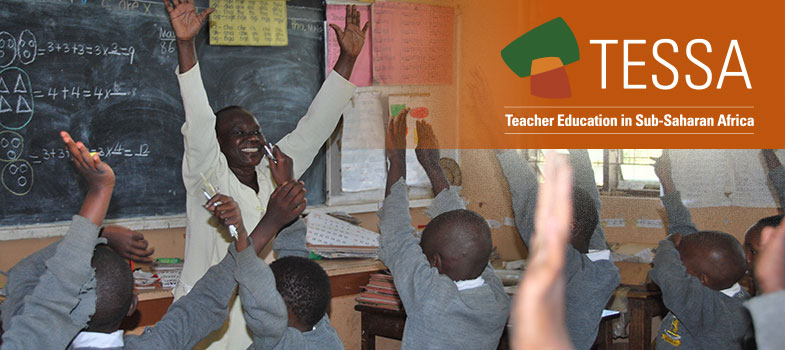1. Discussing Forces in everyday life
How do you, the teacher, find out what your pupils already know about forces and motion? And how can you extend these ideas and link them to current scientific understanding?
In Case Study 1, a teacher raises her pupils’ awareness of all the force events around them. From the start, she challenges their understanding by asking them to see themselves as thinkers with scientific minds.
In Activity 1, you ask pupils to identify and describe forces at work captured in photographs. By trying to make sense of what they have identified, they will be increasing their science awareness with your help.
Case Study 1: Challenging pupils to see forces everywhere
Eugenia in Abuja, Nigeria, is an experienced teacher who has learned to trust her pupils. When she did an upgrading course some years back, she realised how following traditional ‘jug and mug’ (where the teacher has the ‘jug’ of knowledge and pours it into the ‘mug’ of the waiting student) teaching had led her to underestimate her pupils. Now she tells less and challenges them more.
She began the topic of ‘force’ by suggesting to her class that they have a ‘Force Week’, where nearly everything that happens will need to be explained in relation to ideas about force and movement (motion).
First thing on Monday, as they wrote the date in their books, she told them to stop and think if any force was involved in making marks on paper. A lively discussion followed. She encouraged them to investigate by making different marks on scraps of old paper. They came up with ideas that surprised and even challenged Eugenia.
- ‘We pull the pencil across the paper.’
- ‘But I push the pencil!’ exclaimed Danladi, who is left-handed.
- ‘The ballpoint pen slides easier than a pencil.’ – ‘Maybe the ink is like oil for a bicycle.’
- ‘Rough paper scratches more colour off the point of the crayon than shiny paper.’
- ‘Look Ma’am, you push and you pull when you rub out. Rubbing is a different kind of force.’
How do you turn a page when you read a book? This question led to more discussion about gentle pulls, pushes and lifts, and holding up books against gravity.
Identifying forces in everyday happenings really excited the class. Soon, pupils were discussing and trying to explain all sorts of event.
Activity 1: Identifying forces in action pictures
You will need to collect good pictures from newspapers or magazines depicting force in action and effects of forces. Ask some pupils to help you cut out paper arrows of two colours (colour-coded for pulls and pushes) and three sizes. (See Resource 1: Finding forces in pictures.)
Pupils work in threes to look carefully at a picture for evidence of forces in action.
Mark all the pushes and pulls with arrows that show the direction of force and prepare to discuss and share what they believe. See if they realise that different-sized arrows can be used to compare the size of the different forces they find. Do they notice that you get changes in movement when forces are not balanced?
Ask the groups to join into sixes to explain, check and challenge each other’s ideas.
Was asking the groups to assess each other’s work successful? Did it lead each group to understand the size, direction and effects of forces better?
Section 1: Everyday forces - investigating movement



